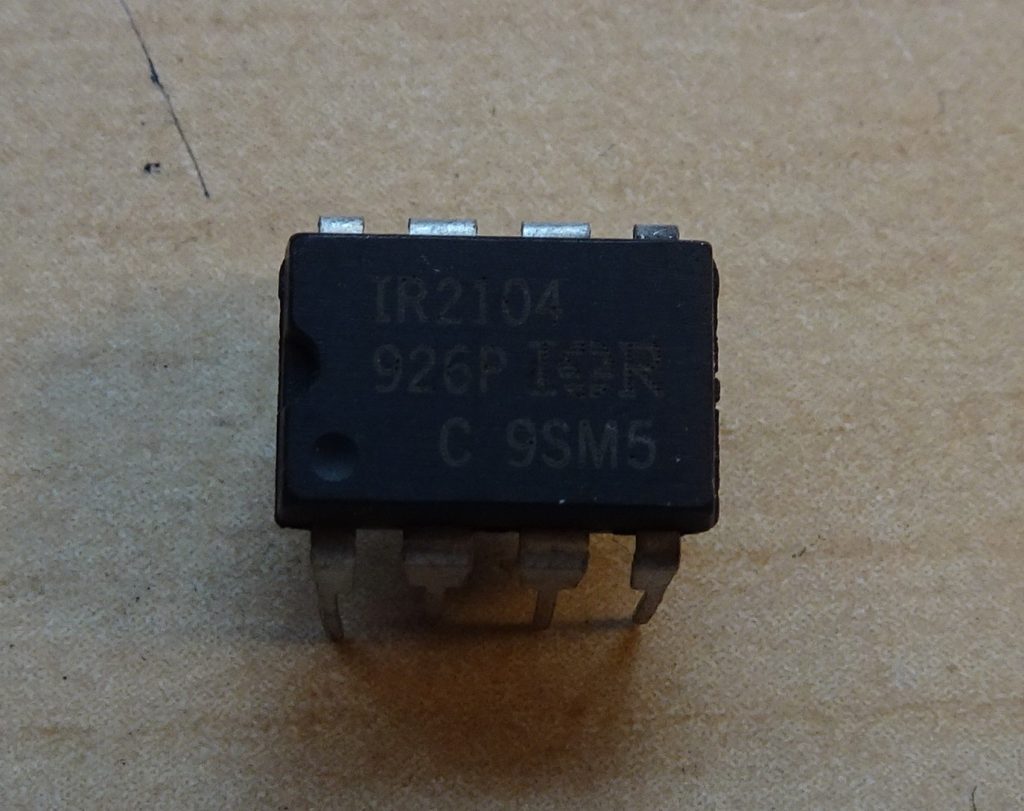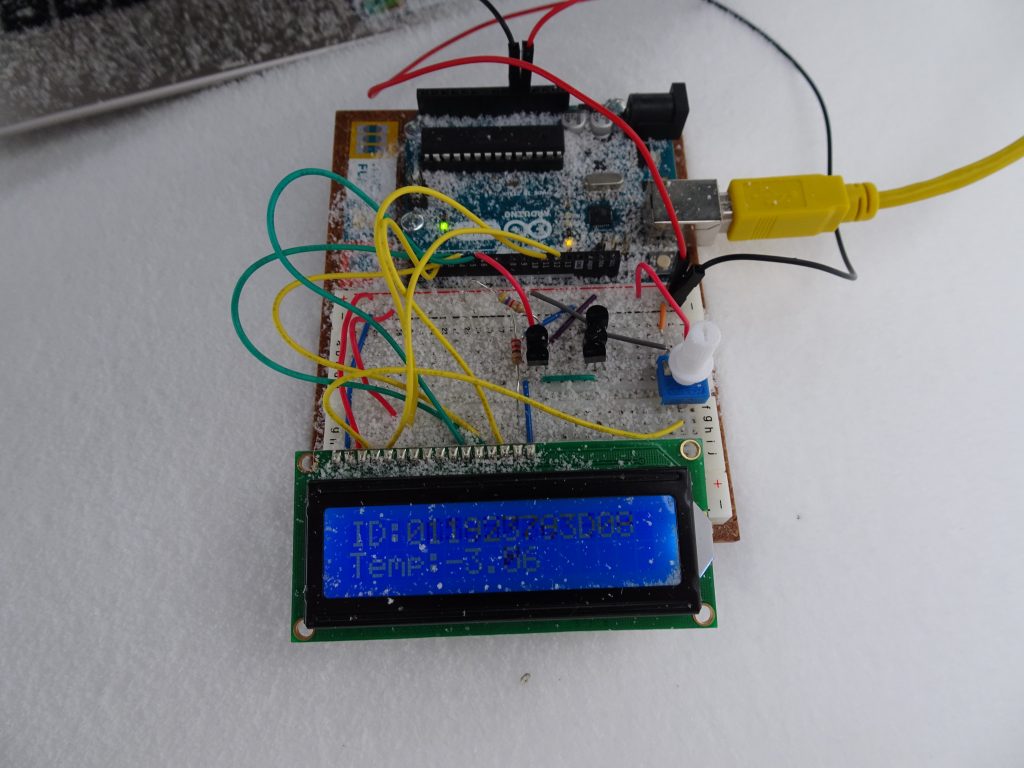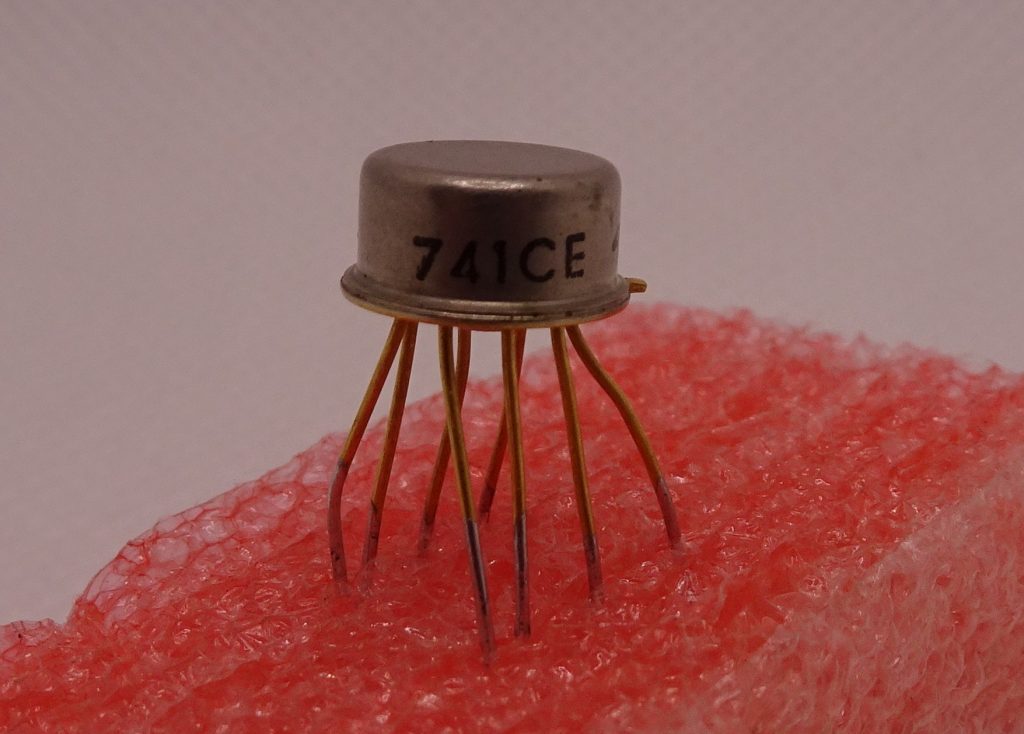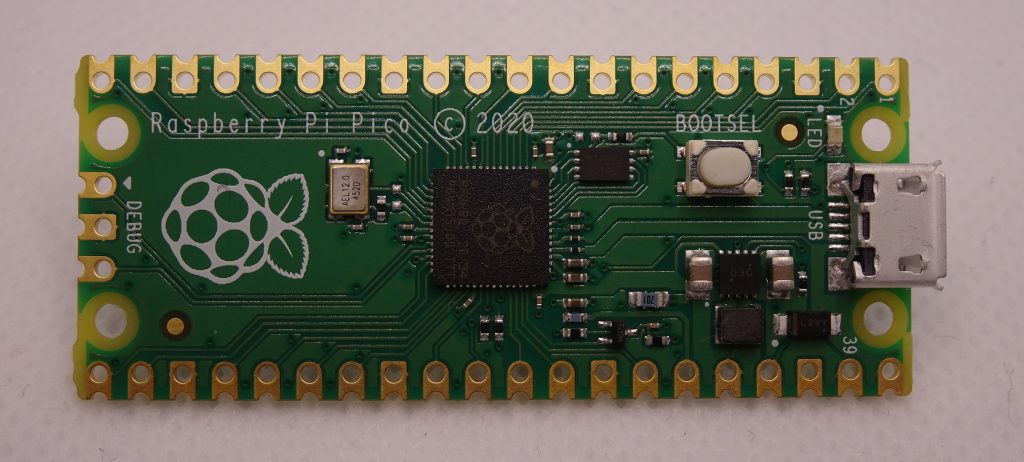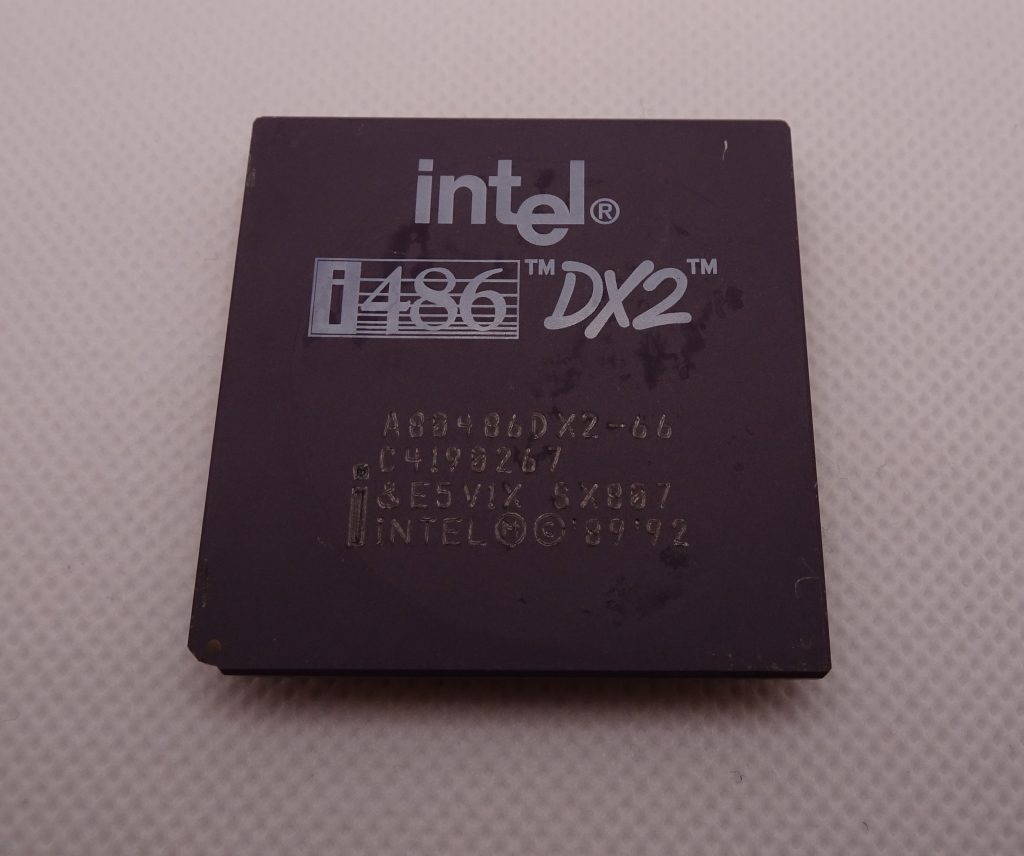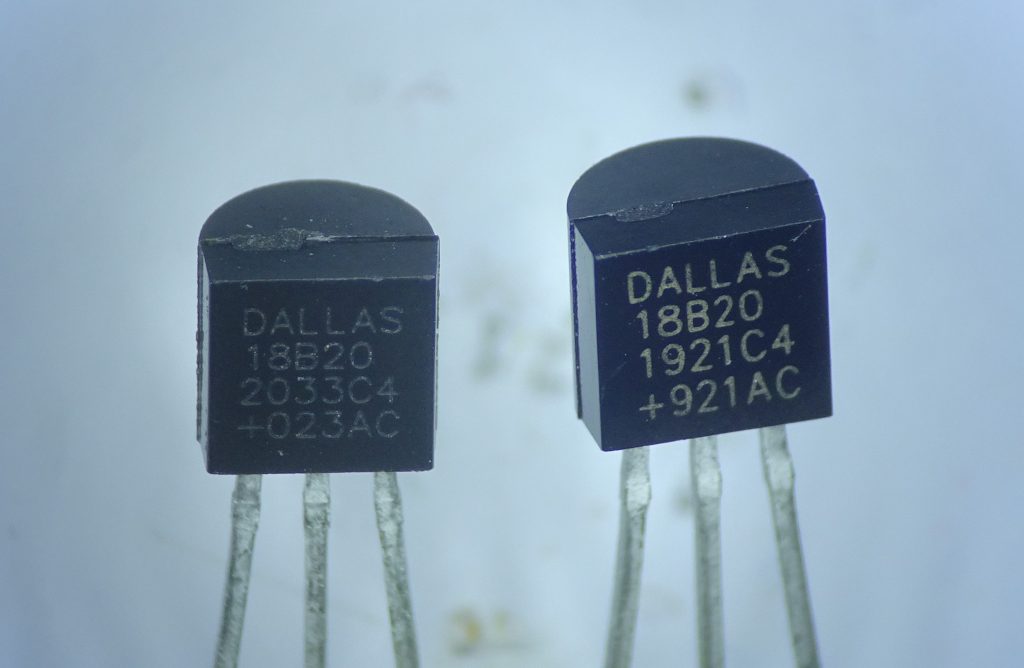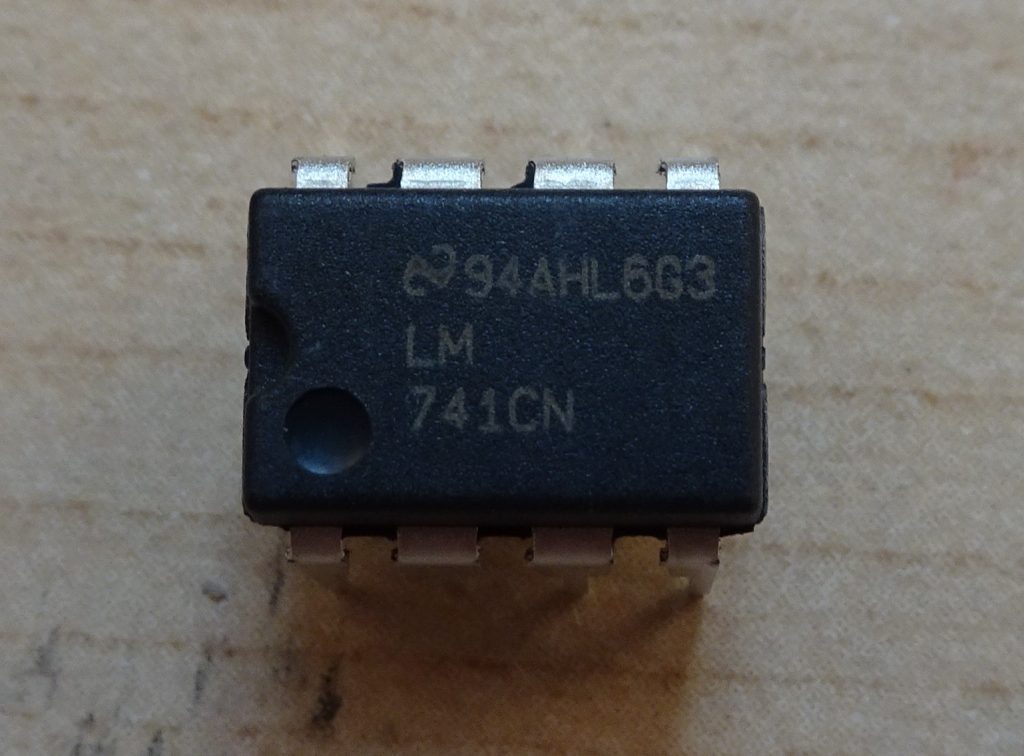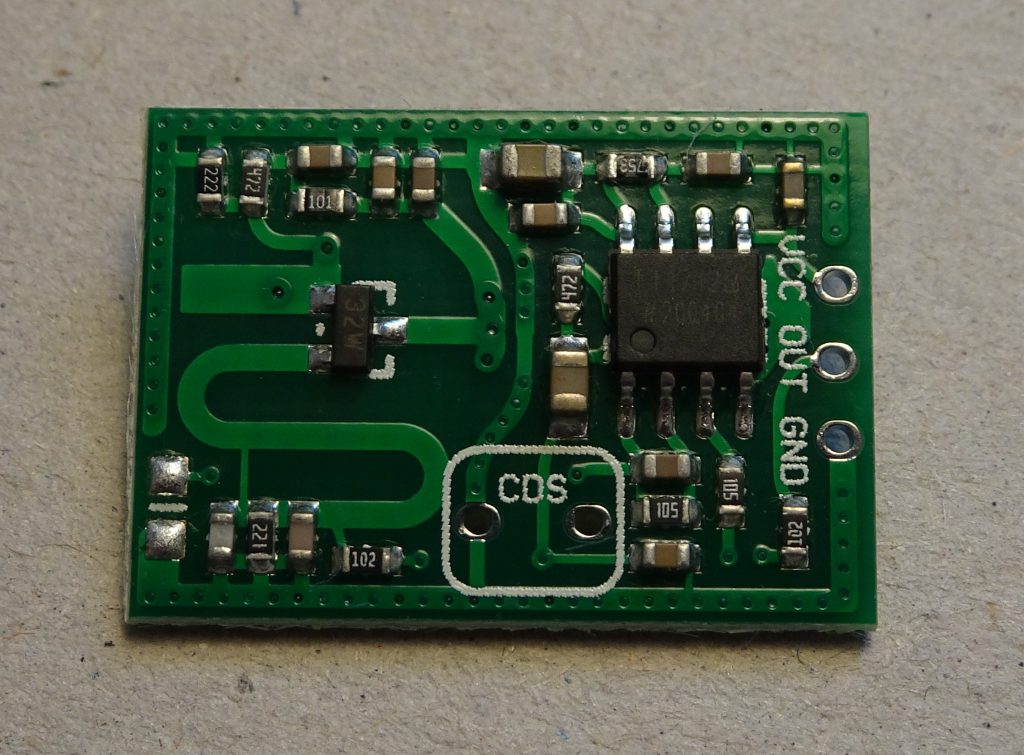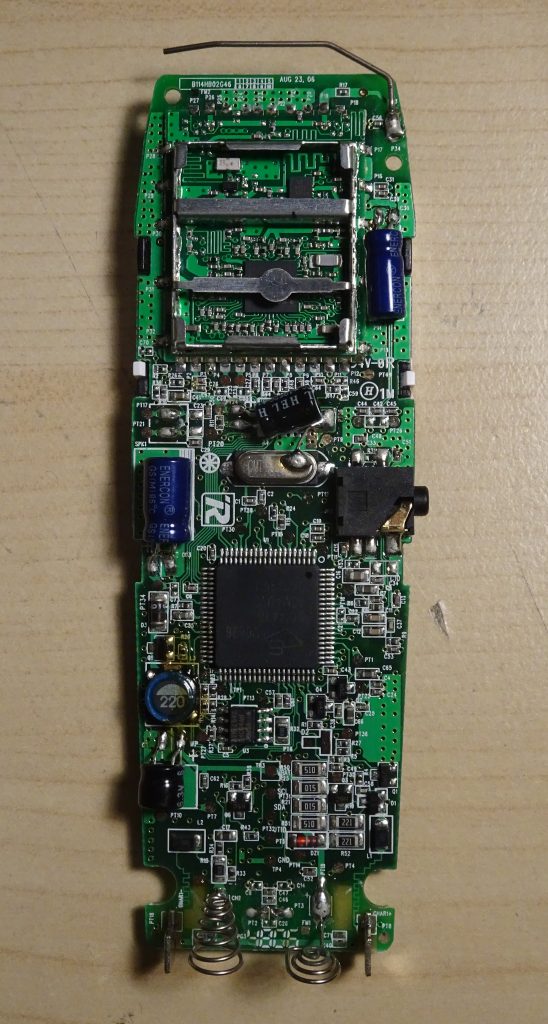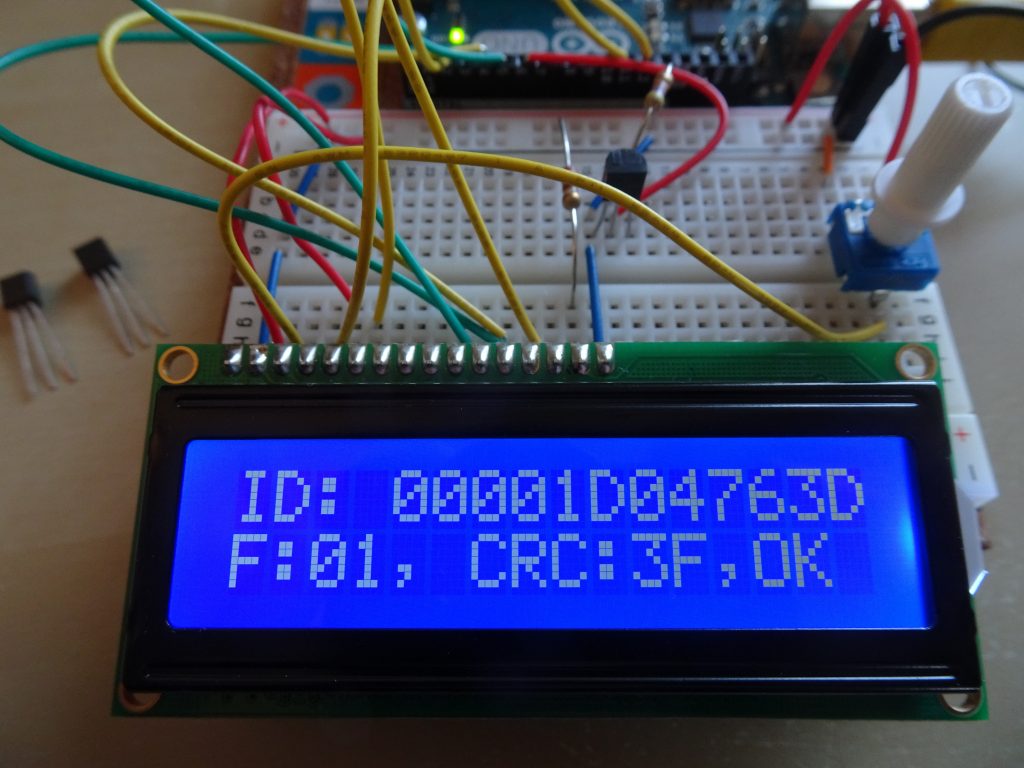I recently read a discussion on an electronics forum where someone had trouble getting an IR2104 to work correctly. He had bought these from a shady online store and could not get the correct signals to come out. I offered to analyze the chips, and one of the contributors to that discussion very kindly sent me a couple of them.
The IR2104 is a half-bridge MOSFET driver, which is used to drive the FETs in circuits like DC-DC converters and class-D power amplifiers. It’s made in a high-voltage CMOS process and is capable of driving the high-side FET at voltages up to 600V. The original designer and manufacturer is International Rectifier (IR), one of the first manufacturers of diodes, transistors and power management ICs. Currently the IR2104 is manufactured by Infineon, after it acquired IR in 2015.
